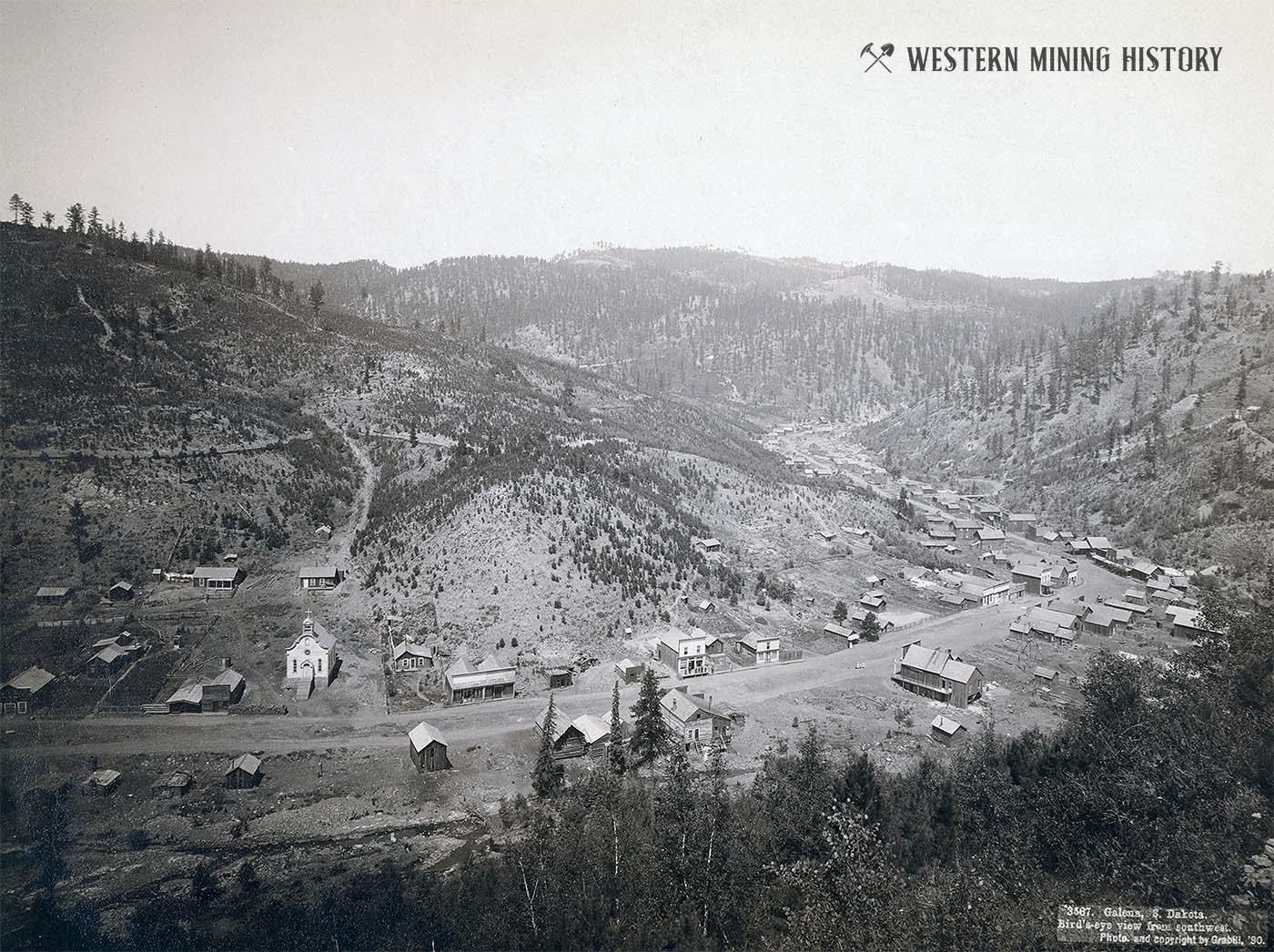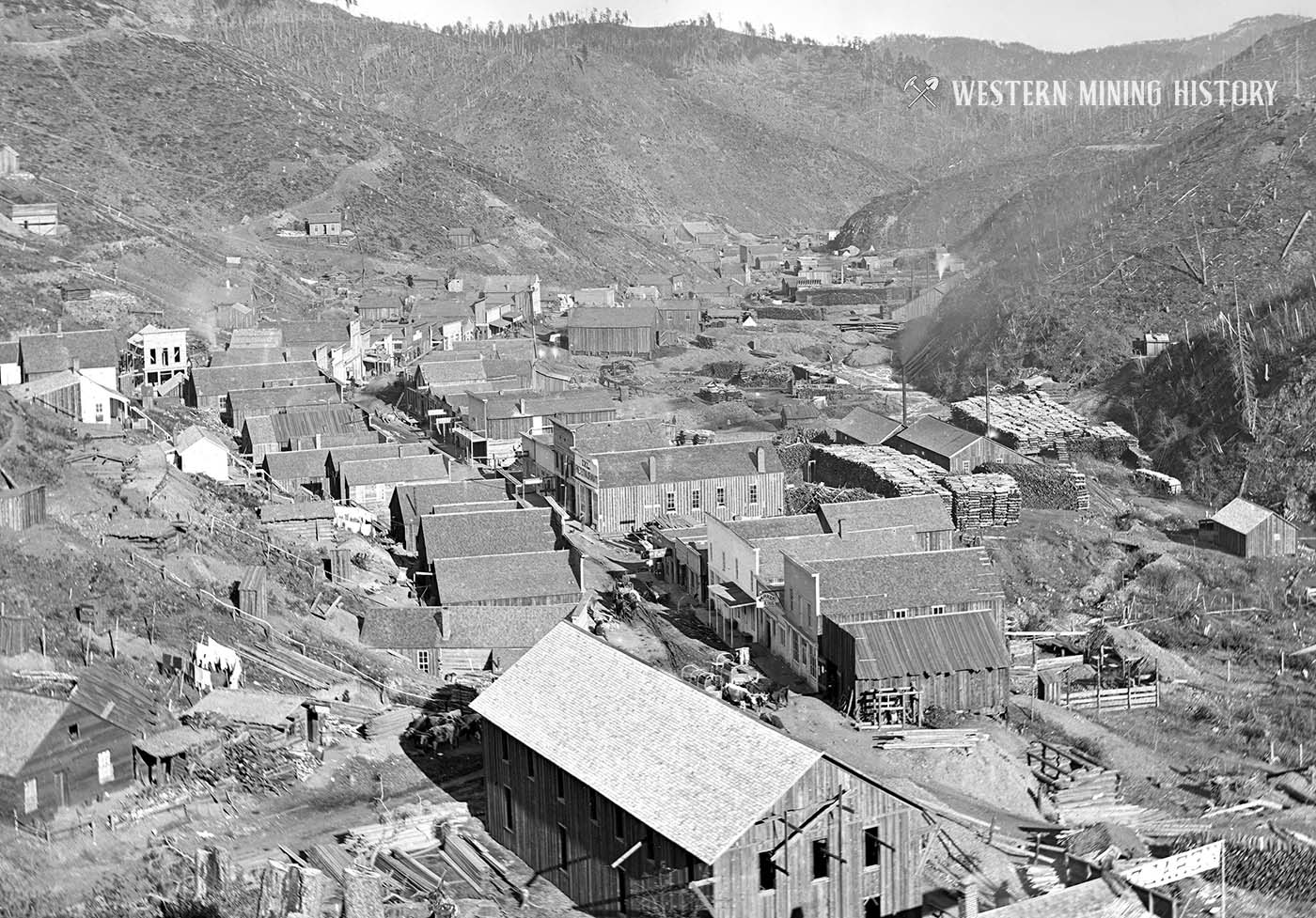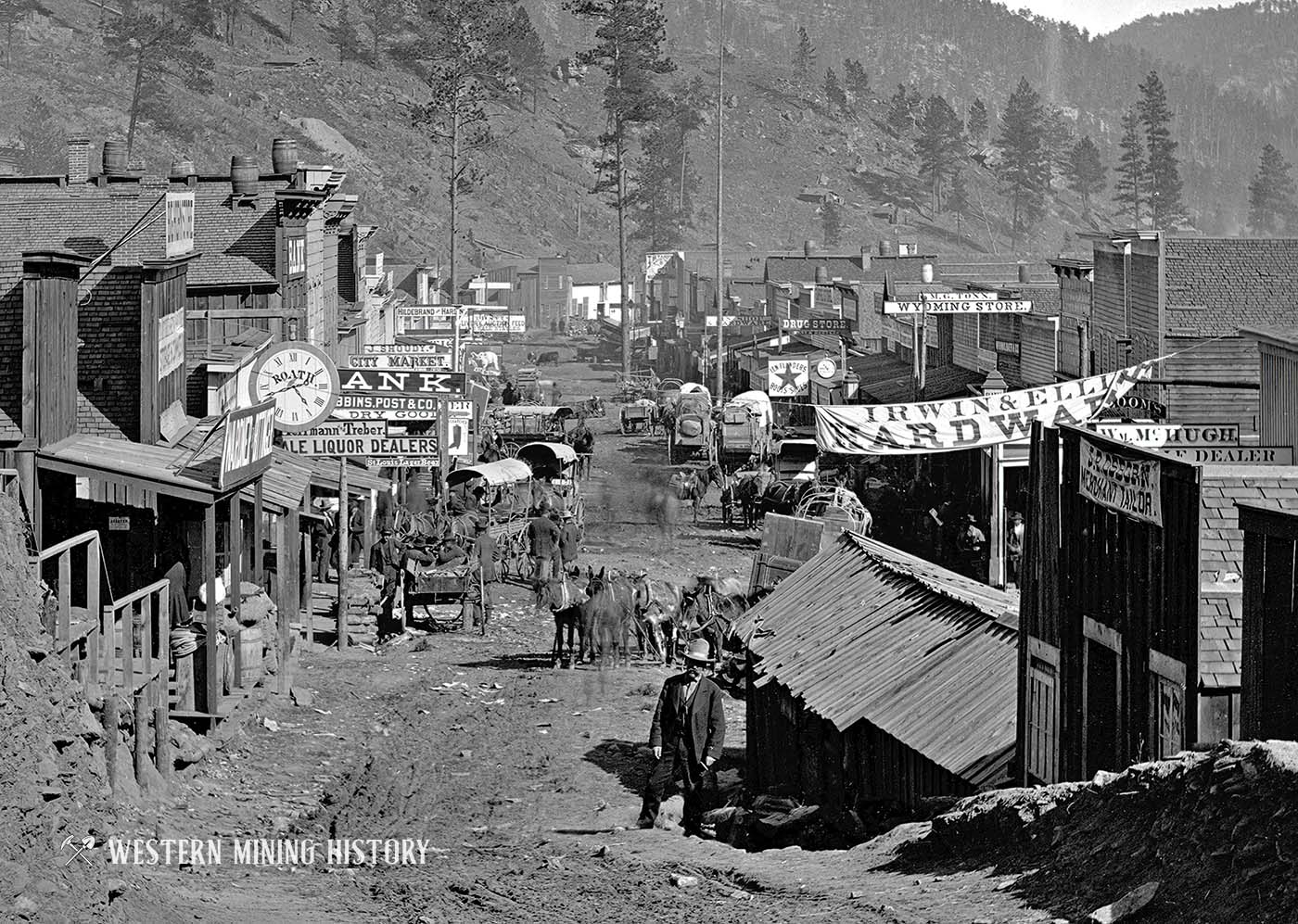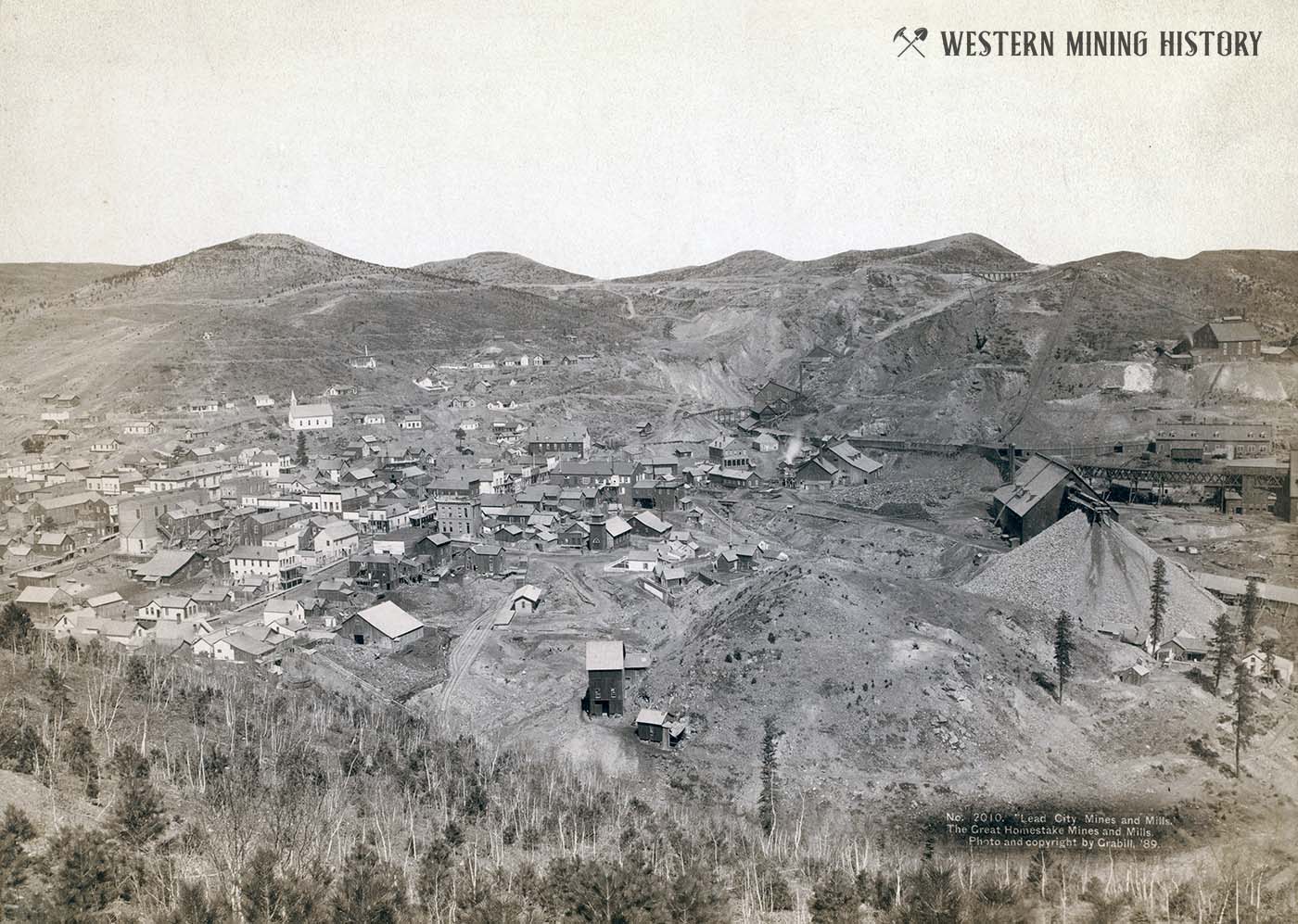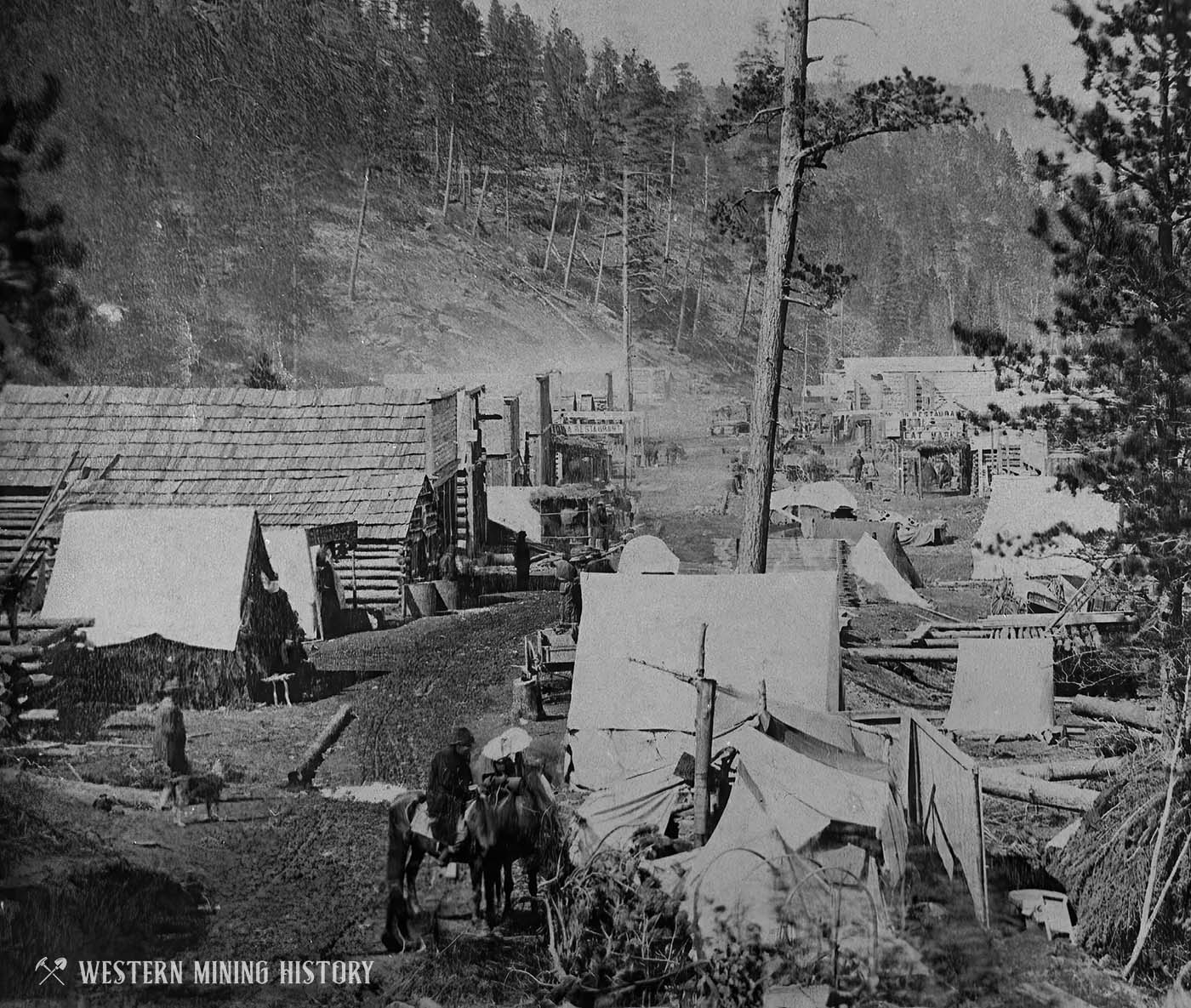Galena History
Galena was the first major non-gold mining town in the Black Hills. Settled in 1876 after the discovery of lead-silver deposits, the mines here were initially mined for the silver they contained. Later both lead and gold became important commodities.
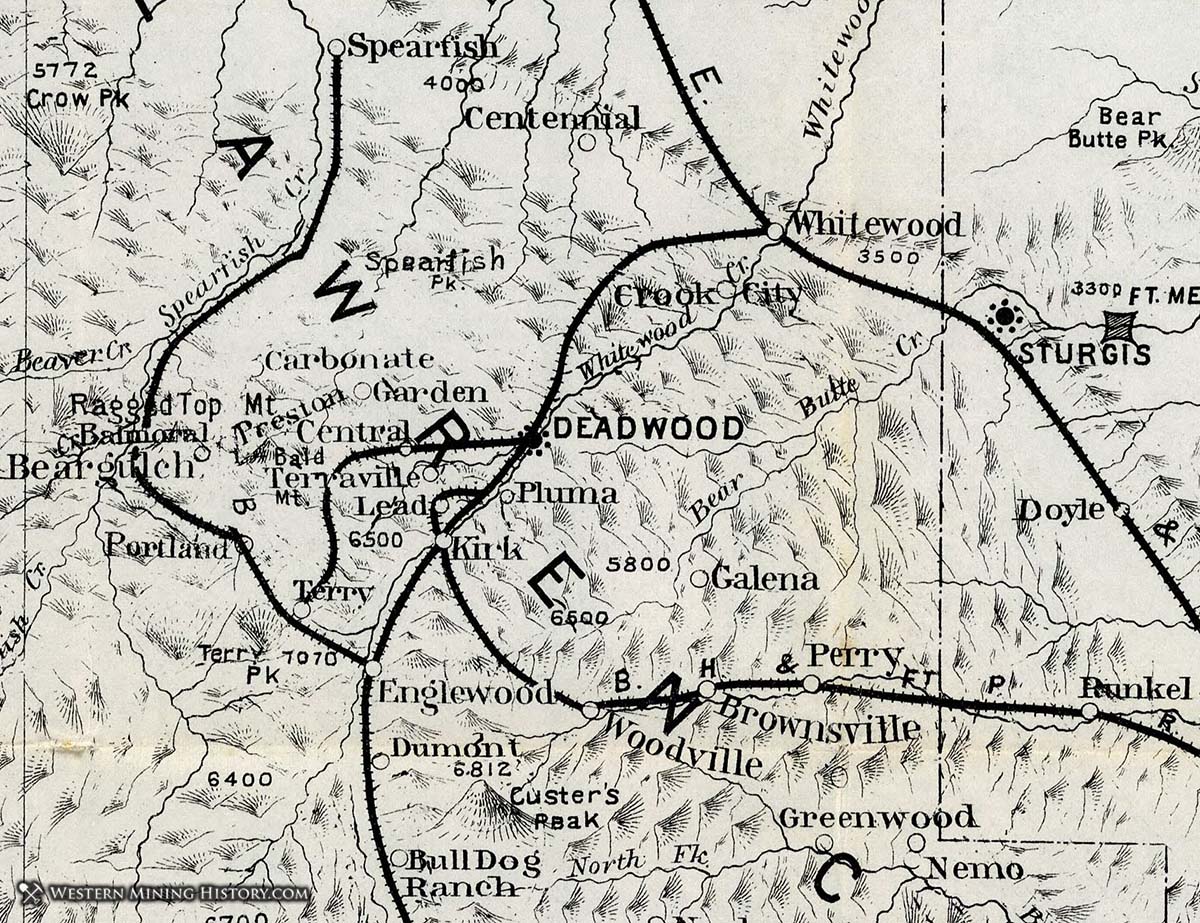
In the fall of 1876, James Conzette built a cabin in Galena that doubled as a fort to safeguard himself and other early settlers from attacks by Indians. The 1904 publication Black Hills Illustrated gave the following description of Conzette's cabin:
In the smaller settlements,like Galena, where Mr. Conzett built a log cabin in October, 1876, the people were obliged to organize for self-protection. Mr. Conzett's cabin was the fort. It was originally built with a dirt roof and floor.
Mr. Conzett erected the house himself. He cut down the trees, prepared skids for the logs, and each day, when three friends of his were returning from work, they would help him transport the logs to their destination. No boards were to be purchased, but he obtained two from a placer sluice-box, and with these he constructed his door, with wooden hinges. Many of the pioneers lived in dugouts, and all of them did business for a long time in shacks and log cabins.
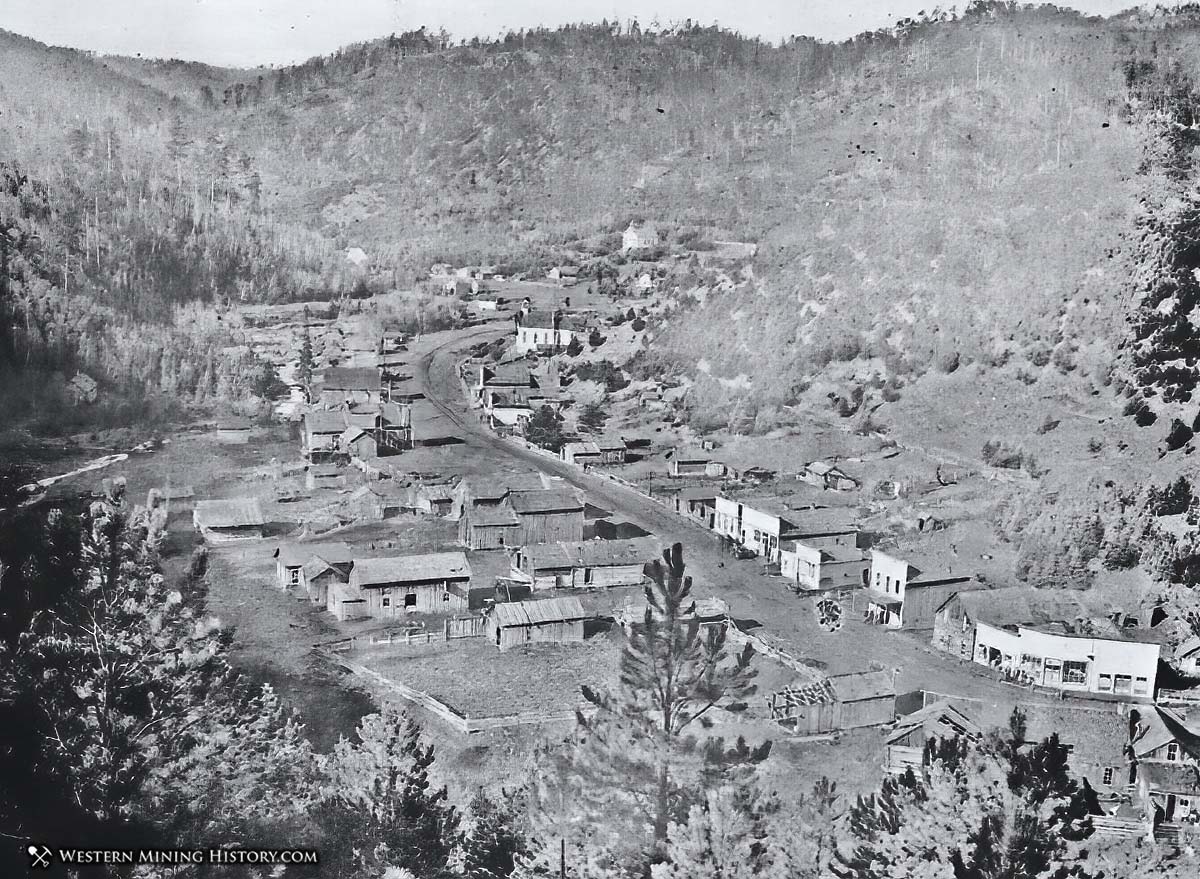
By 1877, Galena was a booming town, with over 400 residents by the end of the year. That year the town had numerous commercial buildings, over 75 homes, two smelters, and a post office.
Galena's most notable resident was Thomas Walsh, who lived there for a brief time in 1877 before moving to Deadwood. Walsh would later become famous as the discoverer of the Camp Bird Mine near Ouray, Colorado. The Camp Bird was one of the West's richest gold mines, and Walsh became one of the most famous mining men in America.
Colonel John H. Davey
In 1878, Colonel John H. Davey arrived at Galena with his wife and son. Davey, who was from Chicago, brought significant capital with him, with the intention of purchasing the top mines of the area. He first bought the Florence Mine, then the Sitting Bull, and later numerous other claims and working mines. Davey bought or built several mills and smelters in the area, including the Davey Smelter seen in the photo below, which was completed in 1883.
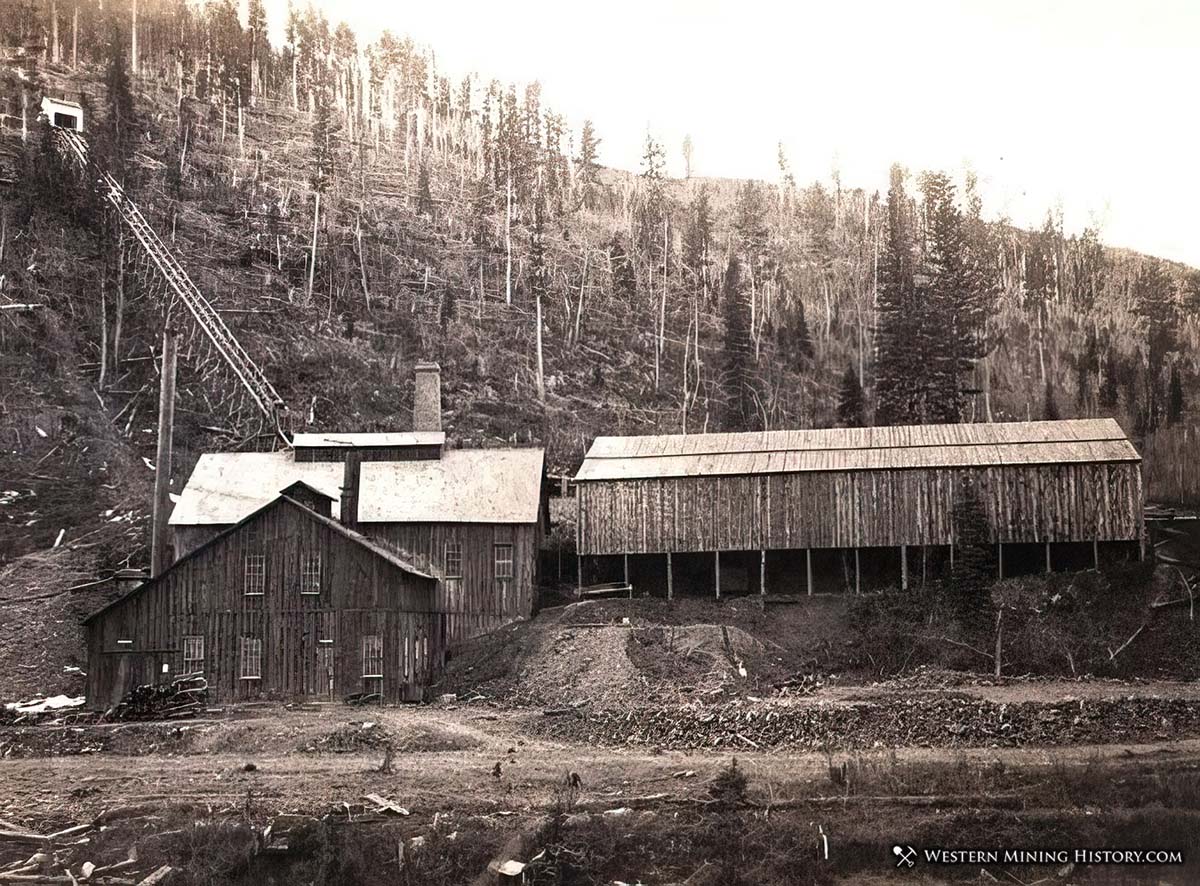
Davey was the leading mining man in Galena, but trouble was brewing. In the fall of 1882, a dispute between Colonel Davey's son Frank and a man named Patrick Gorman resulted in Gorman's death. Frank and a man in the employee of Col. Davey, Billy Thatcher, encountered Gorman at the post office. Gorman was angry at Frank Davey for a mining partnership that went bad, and he started pushing him around. Frank pulled his gun but Gorman took it from him. At this point Billy Thatcher stepped in and shot Gorman, killing him.
Billy Thatcher was charged with murder, and Col. Davey spent a large sum for Thatcher's defense in court. Thatcher was found not-guilty and soon after left the Black Hills for good.
Not even a year later, Col. Davey found himself at the center of more legal trouble. The owners of the Richmond claim, which was adjacent to Davey's Sitting Bull claim, claimed that the Sitting Bull was mining ore that belonged to the Richmond. The owners of the Richmond filed suit against the Sitting Bull and received a temporary injunction. The September 9, 1883 edition of the Black Hills Daily Times reported:
The case is exciting no little interest, not only because of the possible injurious effect upon the silver camp and the interests of the Hills, should Colonel Davey be permanently enjoined, in which event he would cease all operations, discharge 125 men, and cease monthly disbursements averaging $16,000...
The case ultimately landed at the Dakota Territory Supreme Court, where the injunction granted to the Richmond owners was upheld. Davey appealed the decision, but in 1886 the Sitting Bull was still idle. With Galena's largest employer idled for years, the town's fortunes declined.
Between the loss of revenue from the mine, and the cost of litigating the suit, Davey was financially ruined. He ultimately left the Black Hills behind, moving to Idaho where he once again got into silver mining.
Galena Declines
The town experienced various ups and downs in connection with the state of the local mines. By 1900 Galena peaked with around 800 residents, but quickly decline thereafter. By 1920 the town was largely abandoned, and in 1923 the post office closed.
Despite the decline of the town, it was not completely abandoned. Newspaper articles indicate that the same year that the post office closed "Summer residents of Galena are anxiously awaiting the installation of a power line by the Consolidated Power & Light company to that camp, and when completed expect the addition of many more summer residents in their midst... Extensive Improvement work has also been underway in many of the cottages and cabins in the Galena district."
A small population of miners stayed in the area, and seasonal residents boosted the population during summer months. The town was never completely abandoned and a collection buildings was preserved. Today Galena is one of South Dakota's most famous ghost towns. Some buildings have been restored, including the school building that was built in 1882.
Nearby Mining Towns
These are a selection of notable mining towns near Galena.
Central City
Central City, South Dakota was one of the Black Hills earliest, and most important mining settlements. In 1877, a conflict between the neighboring Aurora and Keets mines resulted in the death of one of the mine owners, and later the same year a strike at the Keets required intervention by Sheriff Seth Bullock and federal troops.
Deadwood
Deadwood, South Dakota is one of the West's most historically significant mining cities, and the location of some of the Wild West's most notable events. Deadwood has seen extensive preservation of its historical buildings, and is a popular tourist center.
Lead
Lead, South Dakota is the location of the Homestake - the nation's greatest gold mine. This mine operated for 125 years and produced over 40 million ounces of gold. As the mine grew, so did Lead, becoming one of the West's most important mining cities.
Mining in the Black Hills
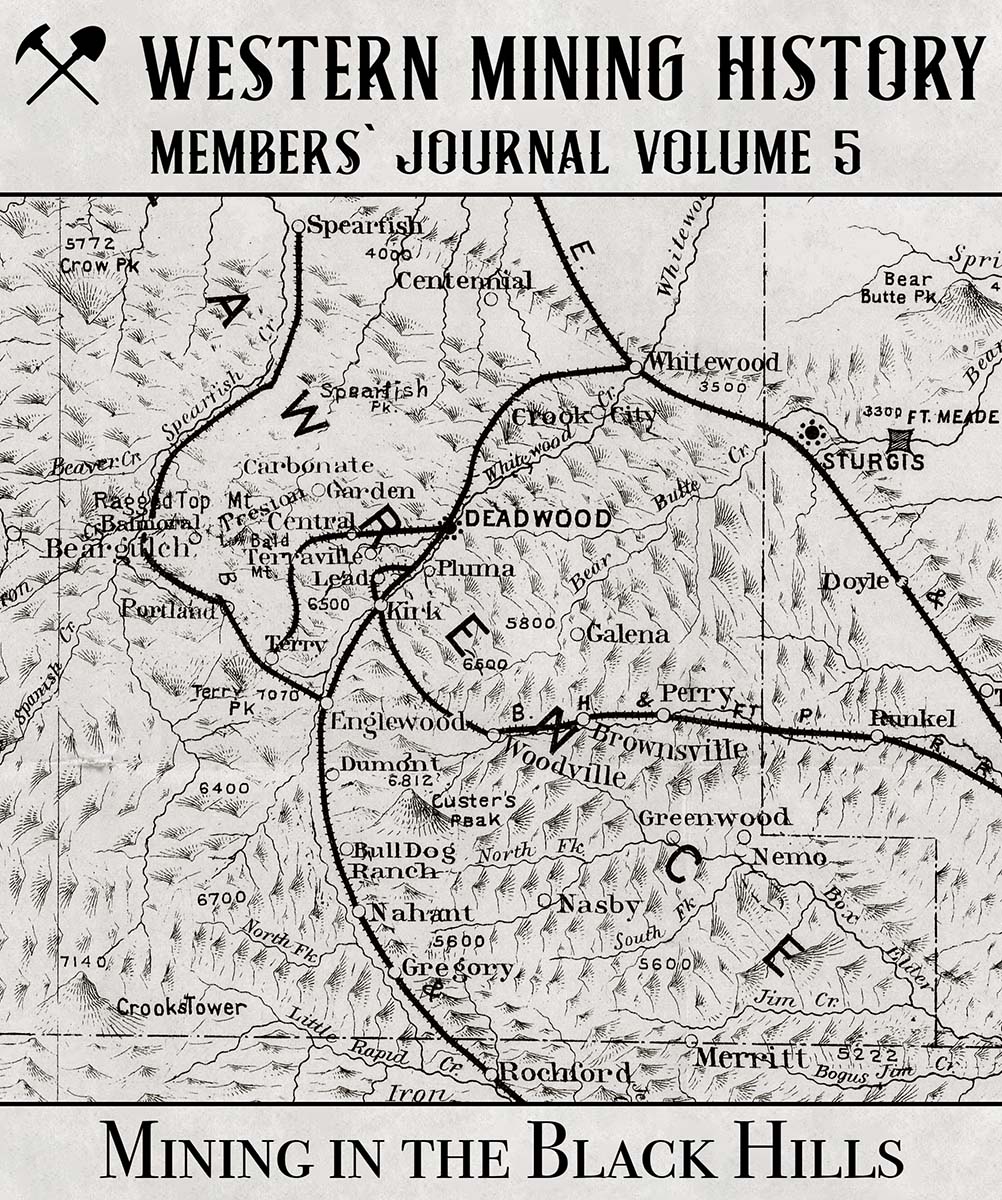
Western Mining History Member's Journal Volume 5: "Mining in the Black Hills", takes a closer look at the distribution of mining districts and towns the Black Hills of South Dakota.
Deadwood: The Ultimate Photo Collection
The Black Hills Gold Rush was one of the most significant historical events in the western United States. Deadwood: The Ultimate Photo Collection contains over 50 images capturing the early history of this famous gold region.
